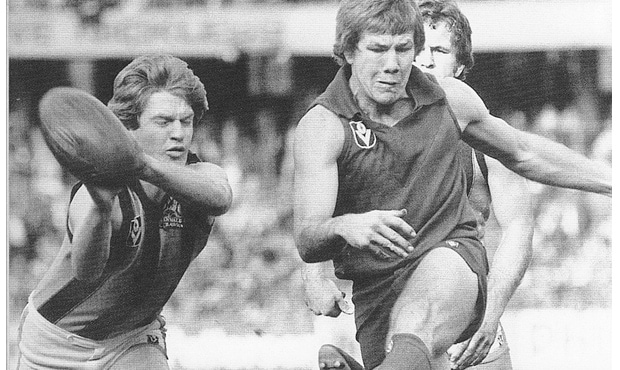While some of the images may hark back to the early 1980s, the spirits and careers of these Melbourne greats, characters and identities are all about the 1970s. Whether they were drawing to a close, just getting started, or simply passing through, any red and blue – either navy or royal, such was the era – supporter will probably utter one of these names at some stage. It was a time of mud, bandannas, suburban grounds and no finals. It was also a time of great characters, not by any means limited to those named below:
Ray Biffin
Originally from North Launceston, Biffin was the tough contrast to Melbourne’s run of lean seasons. Making his senior debut in 1968, he went on to become a fearsome sight and obstacle for opposition players until he retired in 1979. Literally a toothless terror and a truly ‘rugged character who...has a shrewd football brain’, Biffin in his No. 19 was one of the best fullbacks of the era, a good natured competitor who occasionally showed affection to opposition forwards and made sure – even though it was regularly returned to him – that he kicked the ball into the centre from the last line of defence more times than enough.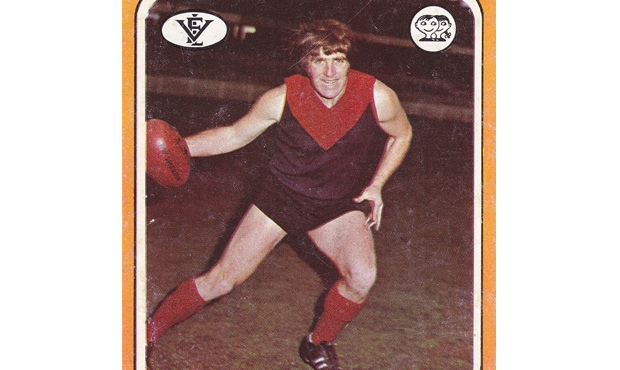
Carl Ditterich
A ‘double returnee’ who gave great service to both St Kilda and Melbourne, Ditterich grew from a sparkling youngster – who incidentally tore Melbourne to shreds in his first game for St Kilda in 1963 – to an imposing figure who came equipped with pace, high marking ability and presence that earned him the title of ‘Big Carl’. In later years, Club legend Hassa Mann would say ‘the players loved Carl’, and in his stints as both player and coach from 1973 to 1975, and in 1979 and 1980, he proved his value in trying times.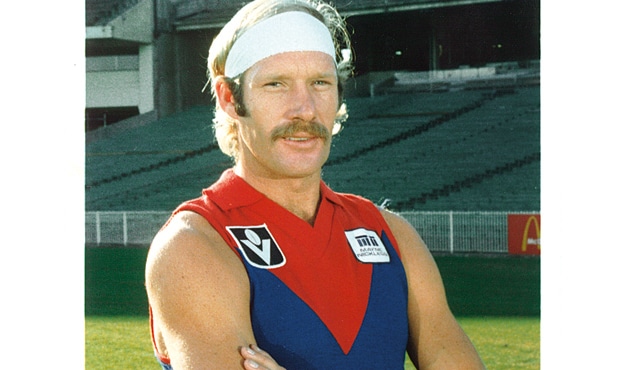
Robert Flower
Flower was the brilliance that gave hope to so many during the often sad seasons of the 1970s – and then again through the 1980s to the triple finals finish of his long, honour filled career in 1987. Called a ‘willowy kid’ early on, Flower brought pace, agility and natural leadership to over a decade in the competition. From his first, unexpected game in 1973 as the ‘new kid’, Flower in his No. 2 came to dominate the MCG wing – despite Barassi trying to move him to a back flank late in his career – and earned the lasting adoration of the Melbourne Football Club, no matter the generation.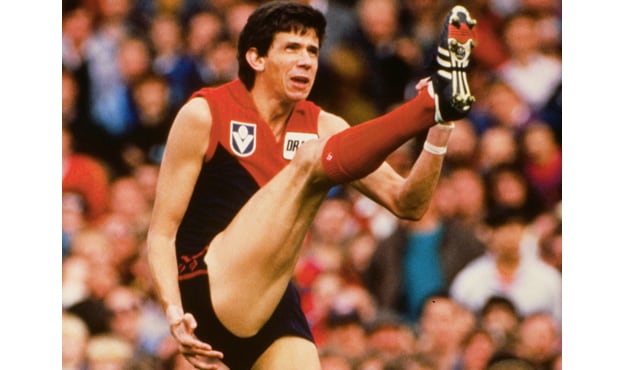
Gary Hardeman
Versatile and dedicated, Hardeman was a local boy who played in a premiership with Melbourne’s Under 17s in 1965 – an auspicious season indeed – and went on to make his mark and career as an attacking defender. It was said of him in 1976 that ‘An undying love for the club and a willingness to play in any position has probably cost Gary Hardeman two Brownlow Medals in the past four years.’ With a third and second placing in the Brownlow in 1972 and 1974, Hardeman was one of the competition’s elite. Despite leaving to play in South Australia with Sturt between 1978 and 1980, the red and blue in Hardeman’s blood saw him return for a further run at the Club in 1981.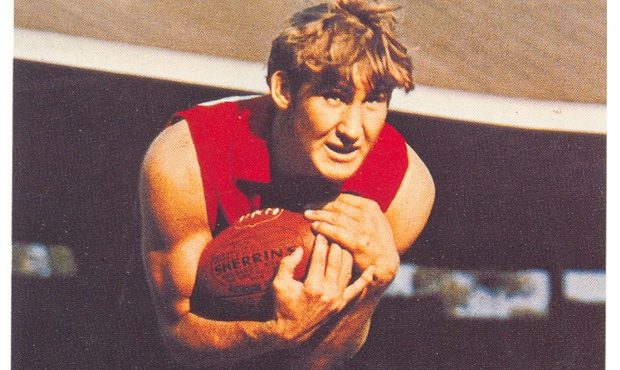
Steven Smith
In a story often told, Steven Smith holds a special honour, becoming the first Little League player to make his way into senior VFL ranks. A product of amateur powerhouse, Ormond, Smith learned fast against formidable opponents – such as Geelong’s John Scarlett and Blues legend Bruce Doull – to become one of the most reliable key position players ever at Melbourne. With 204 games to his credit, his legal career balanced his time in the game. Going on after retirement in 1985 – tantalisingly short of the Club’s resurgence – to become a member of the MCC Committee, Smith’s links to the red and blue remain strong to this day.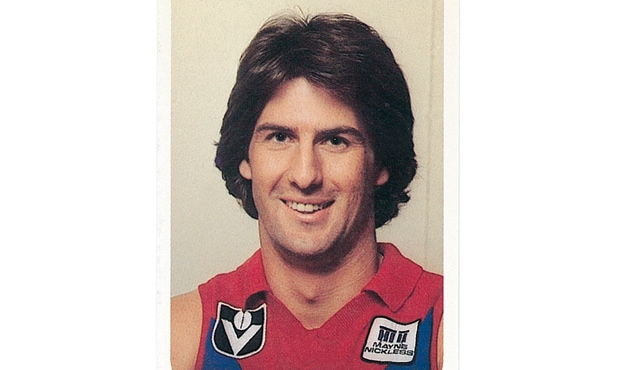
Greg Wells
Coming up through the Club’s junior ranks, Wells emerged, full of enthusiasm and strength, into senior ranks in 1969. With four goals on debut, he was ever reliable and the honours gained throughout his career recognised that, starting with dual Best and Fairest awards in 1971 and 1976, and runner up in the 1972 Brownlow. Hailed as a ‘showy handler of the ball [who can] win a game off his own boot...’, Wells was a consistent ingredient in uncertain times. His move to Carlton at the age of 30 saw him attain a long desired premiership, before ultimately returning to Melbourne in a coaching and match committee role.
